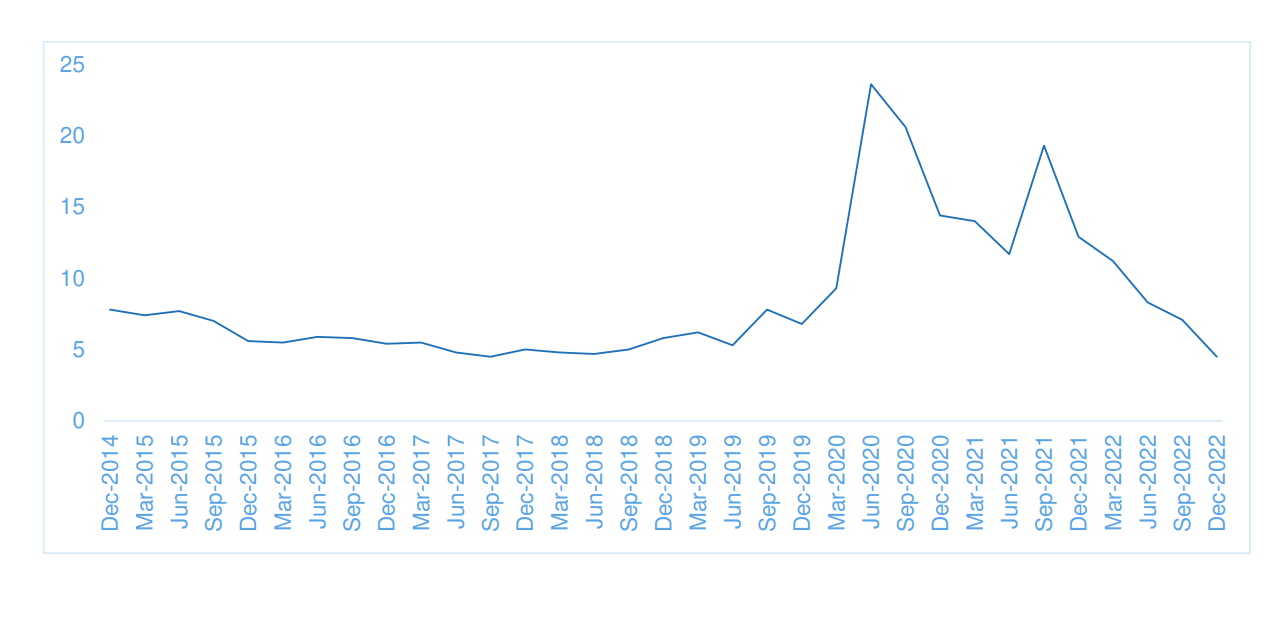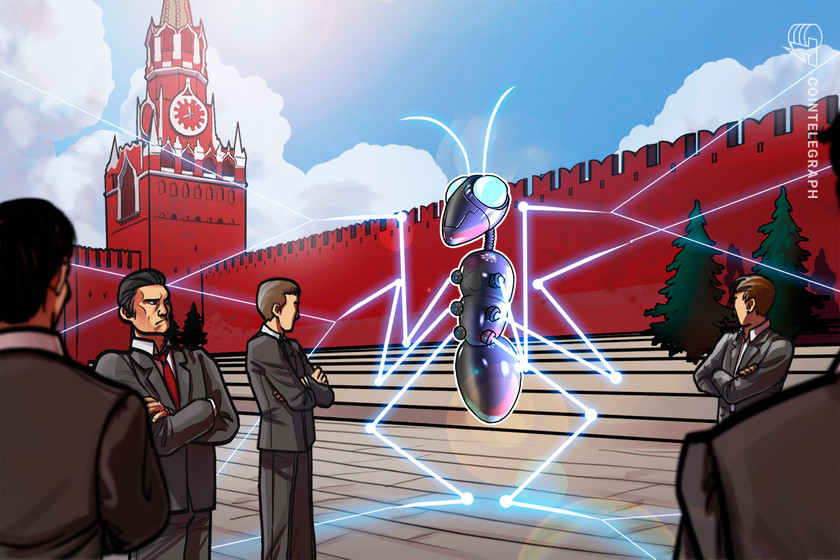Circle exec to join US Congressional committee hearing on stablecoin payments, legislation


The Financial Services Committee issued a memorandum to announce an upcoming hearing titled “Understanding Stablecoins’ Role in Payments and the Need for Legislation.”
The United States House Committee on Financial Services will hold a hearing on April 19 to discuss stablecoins’ position as a means of payment and whether the ecosystem needs supporting legislation.
The committee issued a memorandum to announce an upcoming hearing titled: “Understanding Stablecoins’ Role in Payments and the Need for Legislation.” The hearing will include information collected by various federal government agencies over the last year.


Participants testifying at the hearing include Circle’s chief strategy officer and head of global policy, Dante Disparte. Last month, on March 11, Circle’s in-house stablecoin offering, USD Coin (USDC), depegged from the U.S. dollar after it revealed it had $3.3 billion of funds stuck at the collapsed Silicon Valley Bank (SVB).
2/ Like other customers and depositors who relied on SVB for banking services, Circle joins calls for continuity of this important bank in the U.S. economy and will follow guidance provided by state and Federal regulators.
— Circle (@circle) March 11, 2023
However, following a bailout of SVB depositors by the U.S. government, USDC repegged its value to the U.S. dollar. During this timeline, hackers managed to gain access to Disparte’s Twitter account and started promoting fake loyalty rewards to long-time users of USDC.
The upcoming committee hearing will focus on various stablecoins and their use in the payments landscape. Moreover, the committee will explore the need for stablecoin legislation depending on their underlying collateral structures.
Related: Circle and BlockFi questioned on banking with SVB by Warren and AOC
Just days before the upcoming hearing, a draft bill providing a framework for stablecoins in the United States was published in the House of Representatives document repository.


Speaking about the draft bill, Circle’s CEO Jeremy Allaire said, “There is clearly the need for deep, bi-partisan support for laws that ensure that digital dollars on the internet are safely issued, backed and operated.“
As Cointelegraph reported, the draft further allows the U.S. government to establish standards for interoperability between stablecoins.
Magazine: Bitcoin in Senegal: Why is this African country using BTC?






















